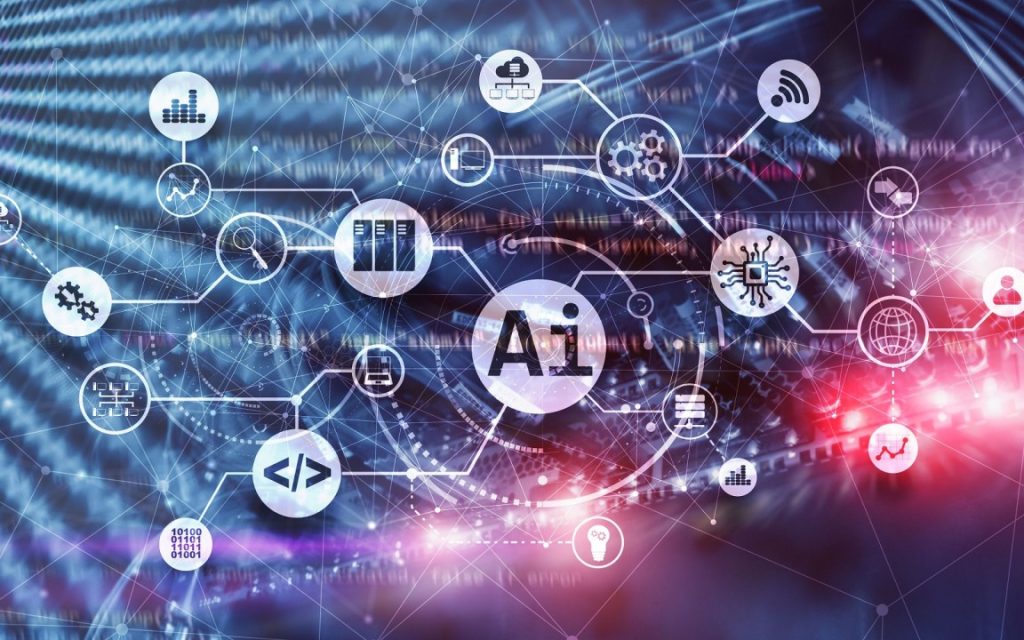
The fields of public health and epidemiology are undergoing a transformation. With the rise of big data and masters in epidemiology, researchers and healthcare professionals now have groundbreaking tools to detect, monitor, and respond to health crises faster and more effectively. But what exactly are these innovations, and how are they shaping the future of epidemiology?
This article explores the powerful combination of big data and AI, their current applications in epidemiology, and the challenges that remain as these technologies continue to evolve.
What Is Big Data in Epidemiology?
Big data refers to large, complex datasets generated by a variety of sources, such as electronic health records (EHRs), social media, wearable devices, and genomic sequencing. With the right analytical tools, these datasets can reveal patterns, relationships, and trends that were once impossible to detect.
For example, Google Flu Trends, an early use case of big data in public health, attempted to monitor flu activity by analyzing search engine queries. While it was ultimately discontinued, it highlighted the potential of nontraditional data sources for epidemiological surveillance.
Today, with the integration of AI, big data can offer even deeper insights, analyzing more variables and providing greater predictive power.
AI Meets Epidemiology
Artificial intelligence refers to the simulation of human intelligence by computer systems, including processes like machine learning, natural language processing, and computer vision. AI stands out in its ability to process immense amounts of data quickly and learn from it without human intervention.
A Game-Changing Application
Using AI, epidemiologists can track outbreaks in real time. BlueDot, for instance, is an AI platform that monitors dozens of datasets to identify disease outbreaks. Remarkably, BlueDot was one of the first systems to flag the risk of COVID-19, giving health officials an invaluable head start.
Another impactful tool is IBM’s Watson Health. By leveraging machine learning, Watson identifies trends in population-wide health data and helps policymakers allocate resources intelligently.
Improving Disease Forecasting
Predictive algorithms are a critical component of AI in epidemiology. These models analyze historical data and current trends to forecast potential health threats. For instance, AI-powered simulations can predict how diseases like malaria might spread geographically, enabling targeted interventions. The same approach has been used to model the impact of vaccinations, studying how immunization campaigns reduce disease transmission.
Personalized Health Insights
AI’s ability to individualize insights extends to public health on a micro level. Predictive analytics combined with EHRs allow researchers and doctors to identify which populations are most at risk from certain diseases. These insights ensure that preventative measures are both timely and effective.
The Challenges of Leveraging Big Data and AI in Epidemiology
Despite its promise, the integration of big data and AI into epidemiology isn’t without hurdles.
Data Privacy and Security
Managing massive datasets requires striking a balance between usefulness and privacy. Sensitive information, such as patient records, must be safeguarded to maintain trust. Implementing secure, anonymized systems is crucial for widespread adoption.
Bias in Algorithms
AI models can inadvertently magnify biases present in their underlying data. For example, if datasets lack diversity in terms of geographic or demographic coverage, predictions may be skewed. Careful curation of datasets and ongoing algorithm monitoring are key to preventing bias.
The Need for Skilled Professionals
To fully tap into the potential of these technologies, the field needs more data scientists and AI professionals working alongside epidemiologists. Bridging this skill gap is crucial to ensure that AI and big data are used effectively and responsibly.
A Glimpse Into the Future
The future of epidemiology lies at the intersection of technology, healthcare, and data science. Big data and artificial intelligence are already changing how the world monitors public health threats and allocates resources to fight disease.
With advancing technologies, these tools will become even more sophisticated—providing earlier warnings, tailoring health interventions to specific populations, and helping policymakers make data-driven decisions. The promise is undeniable, but ongoing efforts to address challenges like data privacy, bias, and accessibility will be key to unlocking their full potential.
By combining insight, innovation, and ethics, these technologies are poised to revolutionize epidemiology, shaping a healthier future for all.





